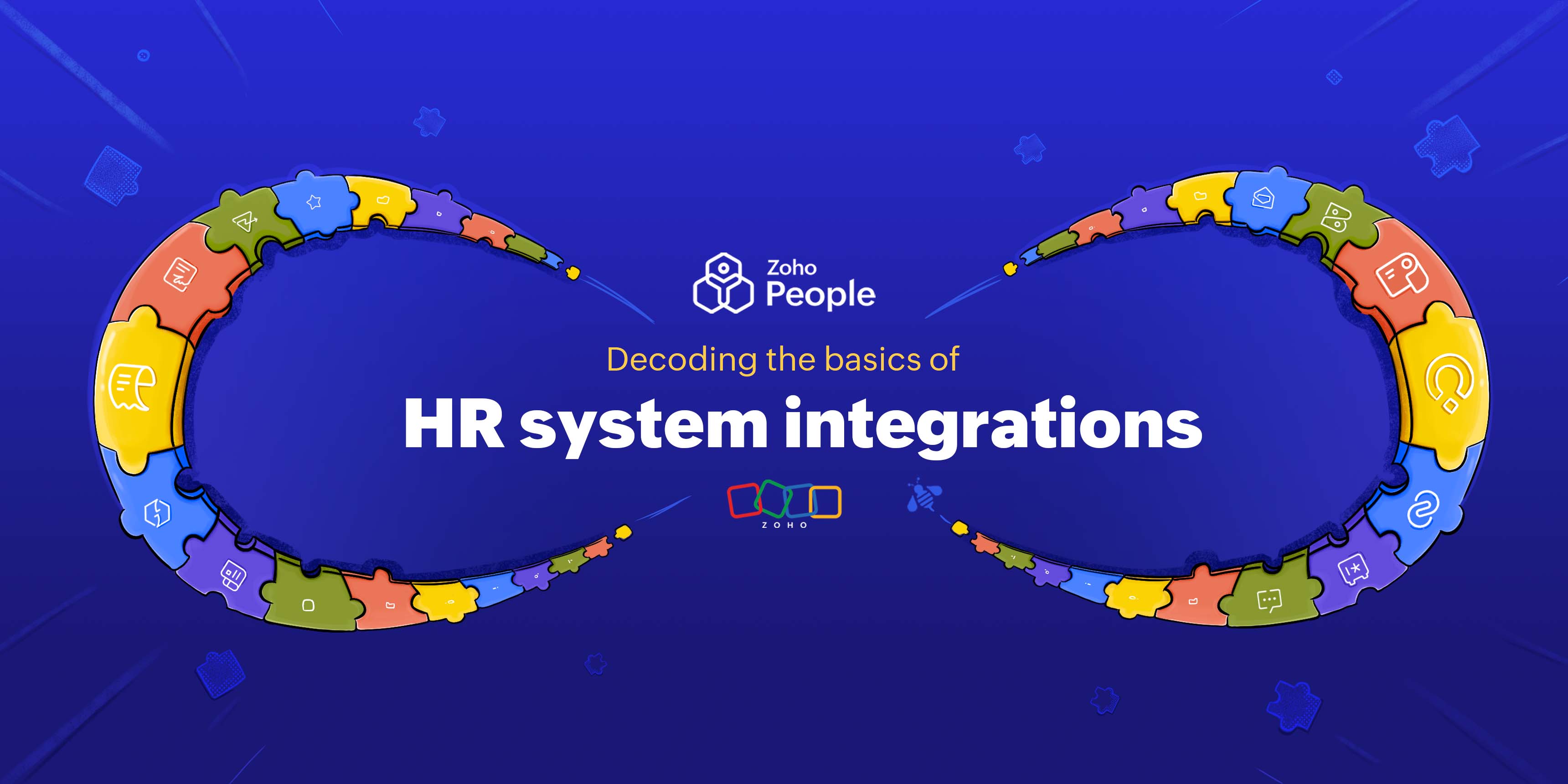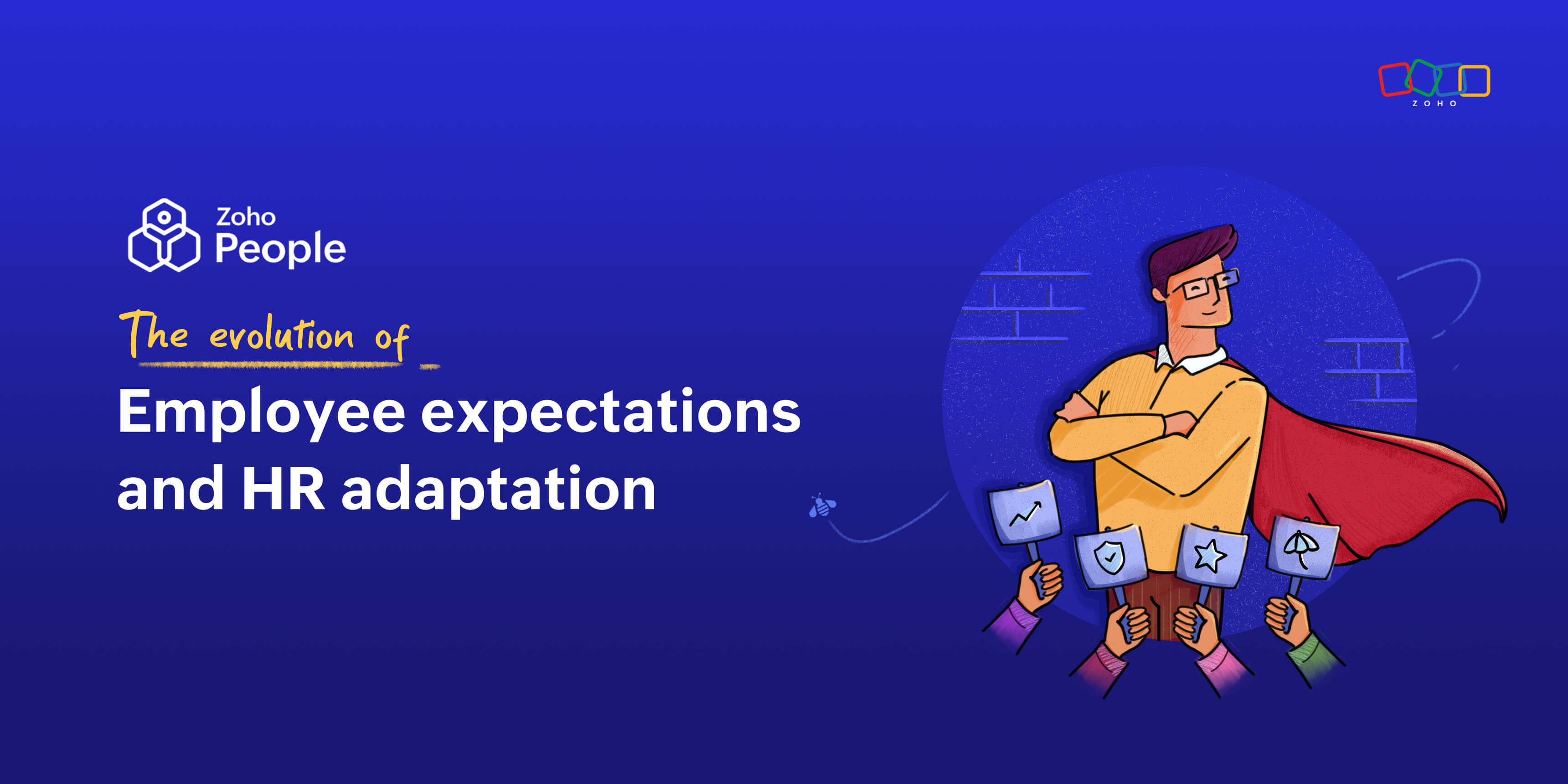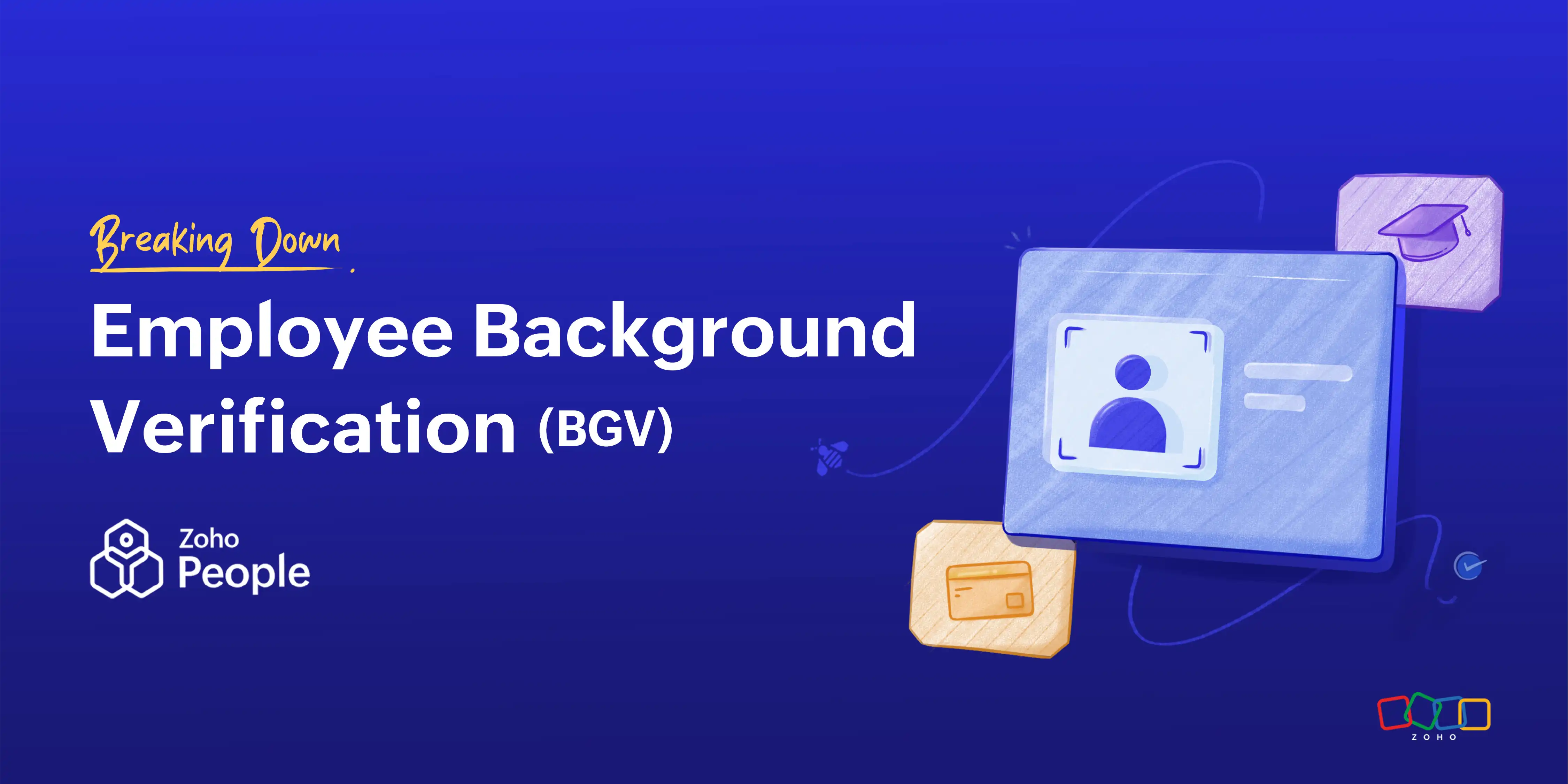- HOME
- More
- On Zoho People
- How to track employee time and attendance
How to track employee time and attendance
- Last Updated : May 1, 2024
- 3.7K Views
- 4 Min Read
A streamlined procedure for tracking employee time and attendance can bring a variety of benefits to your business. It can help managers stay on top of ongoing projects and their completion status, as well as give employees a better idea of how long certain tasks take so that they can plan accordingly. When you track employee time and attendance effectively, payroll processing and compliance also become much easier. In this blog, let's take a quick look at what employee time and attendance management actually means and how organizations can track it seamlessly.
What is employee time and attendance management?
Time and attendance management is a process organizations implement to better track the number of hours employees work in a day behind different projects and their attendance patterns. It includes tracking everything from when they start their day, their break hours, their time split up among different projects, when they end their day, their overtime hours, and their leave days. This practice is usually prevalent on a large scale among service organizations that bill their clients based on the hours their employees put in.
What are the different ways to track employee time and attendance?
Here are some of the different ways in which employees can track their workforce's time and attendance data effectively:
1. Employee time and attendance system
In today's hybrid work environment, most organizations have adopted employee time and attendance systems to track their data. These comprehensive systems come with attendance, leave, and timesheet modules to track employee time and attendance. Employees can check in and out through the system, and it calculates their work hours automatically. They can apply for leave and check their leave balances, and managers can approve or reject leave requests right through the system. You can create different tasks and projects, and your employees can easily log their time as they work on those projects. All of this data will be organized and stored in the system automatically.
2. Biometric devices
Some organizations employ biometric devices that use facial characteristics, the iris, or fingerprints to verify employee ID and register attendance. These devices are often installed at the building's entrance to restrict unauthorized entry or buddy punching and make sure employees don't forget to check in. Employees will also have to scan their biometrics when they head out of the office so that their total working hours are calculated accurately and stored in the system. These devices are now being integrated with HR software systems to make sure the attendance data required for payroll processing is readily available and centralized. The data collected through biometric devices must be securely processed and stored in a way that complies with data protection laws to prevent data and privacy breaches.
3. Spreadsheets
Some organizations still prefer to use spreadsheets to manage time and attendance. In some cases, managers enter the tasks and projects into a shared spreadsheet so employees can record their working hours. In other cases, employees manage their own spreadsheets and send them to their managers or HR for approval at specified intervals. That said, managing these spreadsheets can become tiring over time, as employees have to record their time manually. Finding specific information and making changes can take much longer than it would with automated software. Most importantly, since the whole process is done manually, it may be prone to human error. As a result, companies risk inaccurate payroll processing and customer billing.
4. Attendance registers
Attendance registers are one of the oldest ways to track employee time and attendance, and most companies view them as outdated. Usually, attendance registers are kept near the reception desk, and employees are asked to sign their name and record the time of their entry and exit. As many employees today work remotely and from different locations, this may not be a convenient or viable process for many organizations. HR teams have to calculate employee working hours manually every day, and this increases administrative burdens.
Selecting the right way to track employee time and attendance
Marking attendance and tracking the time spent on different projects is an everyday activity for your employees. That's why it's essential to provide them with convenient tools that make time tracking a breeze, no matter where they work from. Keeping in mind the expectations of today's modern workforce, it's better to go for a comprehensive time and attendance tracking system that automates the whole process and caters to employee needs.
Zoho People, our HR software, comes with time and attendance tracking modules that helps your organization manage multiple time logs, shifts, approval requests, and more. Learn what Zoho People's time and attendance software can do for your organization.
Also Read:Top 6 features to look for in your time and attendance system
 Tarika
TarikaContent Specialist at Zoho People


